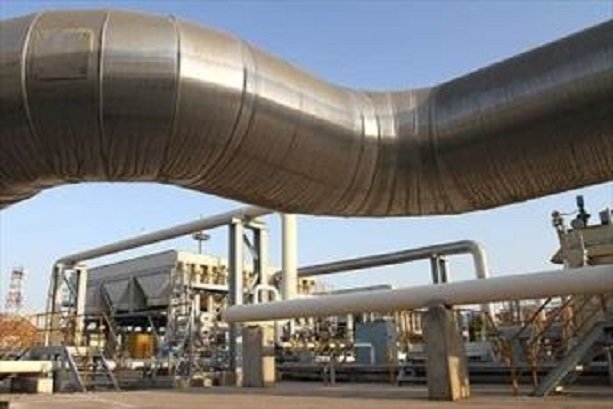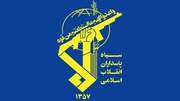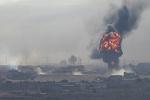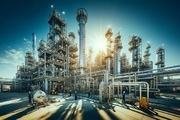Alireza Kameli said the gas contract with Oman consists of two stages one being basic marine engineering studies for which a contract has been signed and a contractor has been chosen.
Managing director of the National Iranian Gas Export Company (NIGEC) maintained that the next phase would be selection of another contractor to construct pipelines to transfer Iran’s gas to Oman.
Stressing that the pipeline construction process would approximately require two year of time, Kameli asserted, “accordingly, the two countries have agreed that part of the transferred gas will be used by Oman and the rest will be devoted to LNG production.”
On the Iran’s possible share in LNG market after the implementation of the agreement, Kameli noted: “currently, about 25 per cent of Omani LNG production plants’ capacity is empty.”
The official underlined Iran’s plans to dedicate the empty capacity in Oman’s plants to Iranian LNG; “in other words, on the basis of the new agreement the commission costs of Omani LNG plants will be paid by Iran,” he added.
Reminding that Iran will own the produced LNG being in charge of its marketing, he said, “normally, participation in the market will be more convenient for us because the project will be carried out in joint collaboration with Oman which already has its own costumers.”
“The total available capacity at Oman’s LNG plant mounts to 1.5 million tons per year a part of which will be dedicated to Iran,” he concluded.
According to an MoU which had been signed between Iran and Oman’s oil and energy ministers three years ago, the two sides agreed to begin construction of a gas pipeline from Iran to Oman.
Meanwhile, Iran’s Oil Minister, Bijan Zanganeh, has deemed one of the most important reasons of exporting gas to Oman as participation in LNG retail market; “exporting gas to Oman will provide the opportunity to sell Iran’s natural gas to other countries in particular Asian countries,” he stressed.
The project of transferring gas from Kish field to Oman will cover a 200-kilometer pipeline which for the most part would be located under the water; in the first phase of the project, one million cubic feet of gas will be transferred while by development of other faces this amount will increase to three billion cubic feet per day.
HA/2950142


























Your Comment